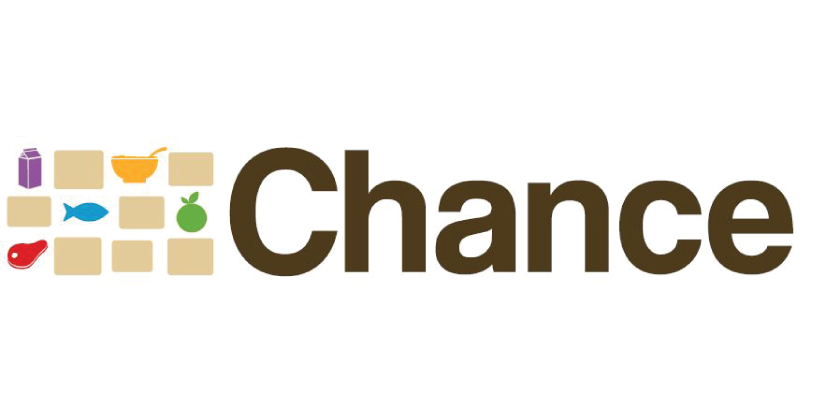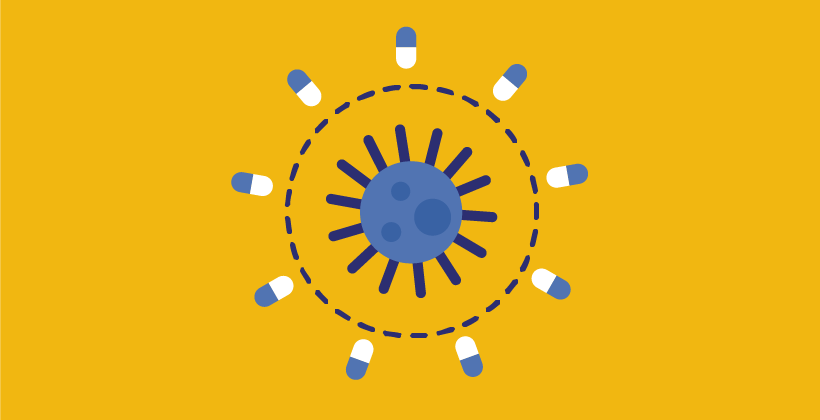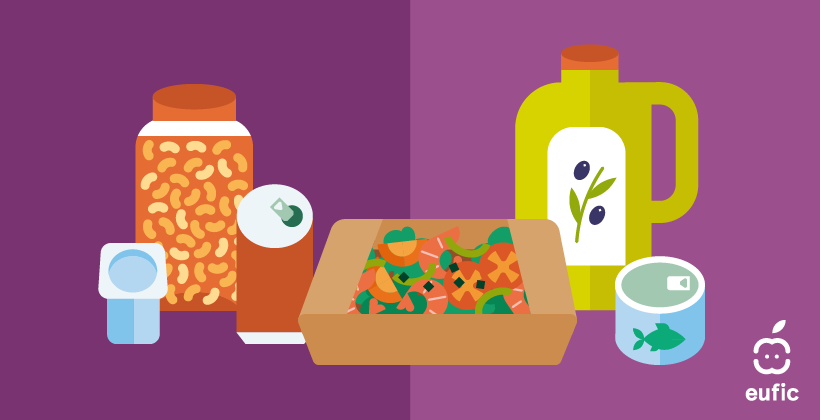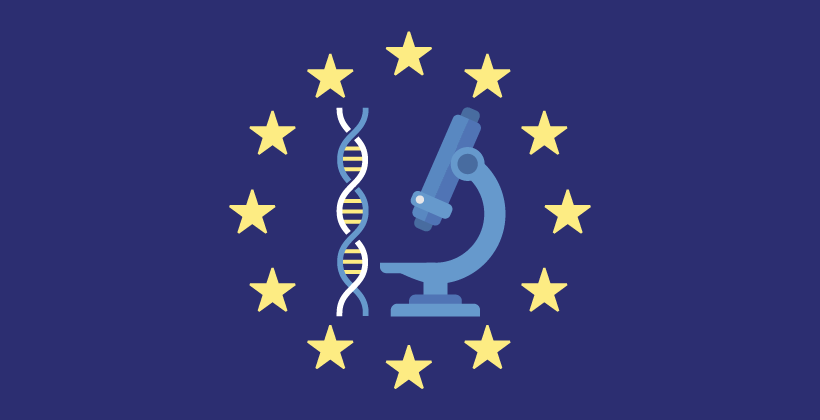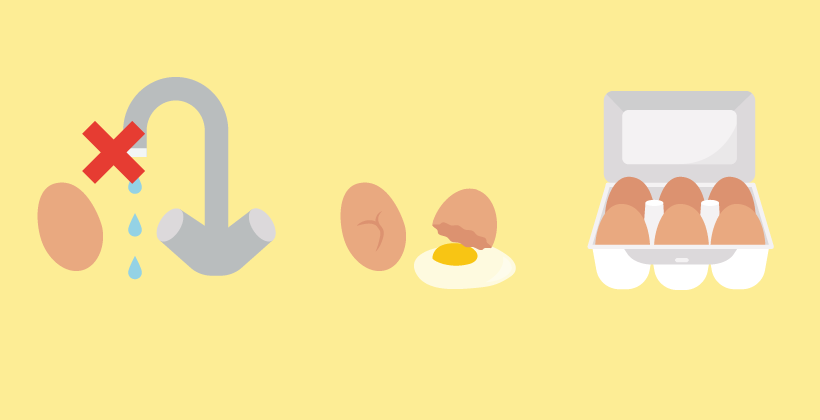Healthy food options for people at risk of poverty (CHANCE)
Last Updated : 01 December 2012Living on the poverty line is not only associated with poor economy, but with other problems such as nutrition-related illnesses. This is the area in which the new European Commission-funded project CHANCE (“Low cost technologies and traditional ingredients for the production of affordable, nutritionally correct foods improving health in population groups at risk of poverty”) wants to make a difference. Together, researchers and industry partners will develop appealing and affordable food products that can help to prevent nutritional problems in European population groups at risk of poverty.
Professor Francesco Capozzi at the University of Bologna, Coordinator of the CHANCE consortium, summarises the 3-year project: “In spite of the fact that our major diet-related diseases are more common in lower incomers at risk of poverty, only limited efforts are made to develop healthier products in the lower price range. By exploring means to lower the production costs and increasing the knowledge about this particular group of consumers, CHANCE will hopefully stimulate development of food products that can make a difference as well as make them available and attractive to people who really need them”.1
Low income and poor nutrition go hand-in-hand
Researchers have found a direct link between income and diet quality: as socio-economic status decreases, diets become increasingly unbalanced. One of the reasons for this is that people on a low income often cannot afford enough nutritious food. Lower education levels may also explain why dietary habits are unsatisfactory in this group. Education influences the level of nutrition knowledge a person has, which in turn affects food habits like fruit and vegetable intake. There is a direct link between poor nutrition and risk of obesity and obesity-related problems such as diabetes and cardiovascular disease. Low-quality diets are also associated with micronutrient deficiencies.2 In Europe, 81 million people are at risk of poverty. The increased disease risk associated with poor nutrition results in a significant healthcare and welfare burden for society, in addition to the suffering endured by individuals.2
In order to address the issue of poor nutrition in populations at risk of poverty and thereby prevent related problems, one of CHANCE’s priorities is to gain a better understanding of the population groups of concern.3
Special attention to women and the elderly Eurostat data from 2010 indicate that women and the elderly are more likely to be at risk of poverty than the general population.4 CHANCE researchers intend to take this further by using both geographical and social criteria to clarify which are the major groups of concern in Europe.3 Once these groups have been identified the primary questions are: What do they eat? Is the major problem overweight and obesity, or are these groups unhealthy because of inadequate intakes of micronutrients such as iron and vitamin B12?1 To find out, CHANCE’s research method includes reviewing scientific literature, distributing questionnaires about dietary habits, taking measurements such as weight, height and waist circumference, and assessing nutritional and health status.3
Overcome barriers, develop new food products CHANCE researchers will study what the identified risk group perceives as barriers to healthful eating. In addition, they will seek to find out what retailers, the food and drink industry, and consumers in the food chain think prevents this particular group from consuming nutritious foods. Based on these findings, CHANCE will explore ingredients and raw materials that may be used for the production of food products to address the identified nutritional problems – food products that will be both affordable and attractive to those on a limited budget. It will focus in particular on low-cost technologies and traditional ingredients to develop these foods.3
owledge. Equally important is a good understanding of the lifestyle and needs of the people that are at risk of poverty. CHANCE ingredients and food products will be evaluated in order to meet consumer expectations and production requirements.5
For more information
The CHANCE project is coordinated by Professor Francesco Capozzi and Professor Alessandra Bordoni at the University of Bologna. The multi-disciplinary project consortium consists of 17 partners from 9 European countries. Ten universities and research institutes together with 5 small- and medium sized enterprises (SMEs) from the food and drink sector are engaged in the research and technology development activities within CHANCE.
CHANCE (Low cost technologies and traditional ingredients for the production of affordable, nutritionally correct foods improving health in population groups at risk of poverty) receives research funding from the European Community's Seventh Framework Programme (Contract n° 266331).
References
- CHANCE press release “Healthy foods for thin wallets – New European project gives people at risk of poverty a CHANCE”. Published 23 August 2011.
- CHANCE project website (no longer available)
- EUFIC website, EU initiatives section.
- European Commission (2010). Combating poverty and social exclusion – A statistical portrait of the European Union 2010. Luxembourg: Publications Office of the European Union, 111 pp. ISBN 978–92–79–13443–2.
- CHANCE project website, Research Section (no longer available).


